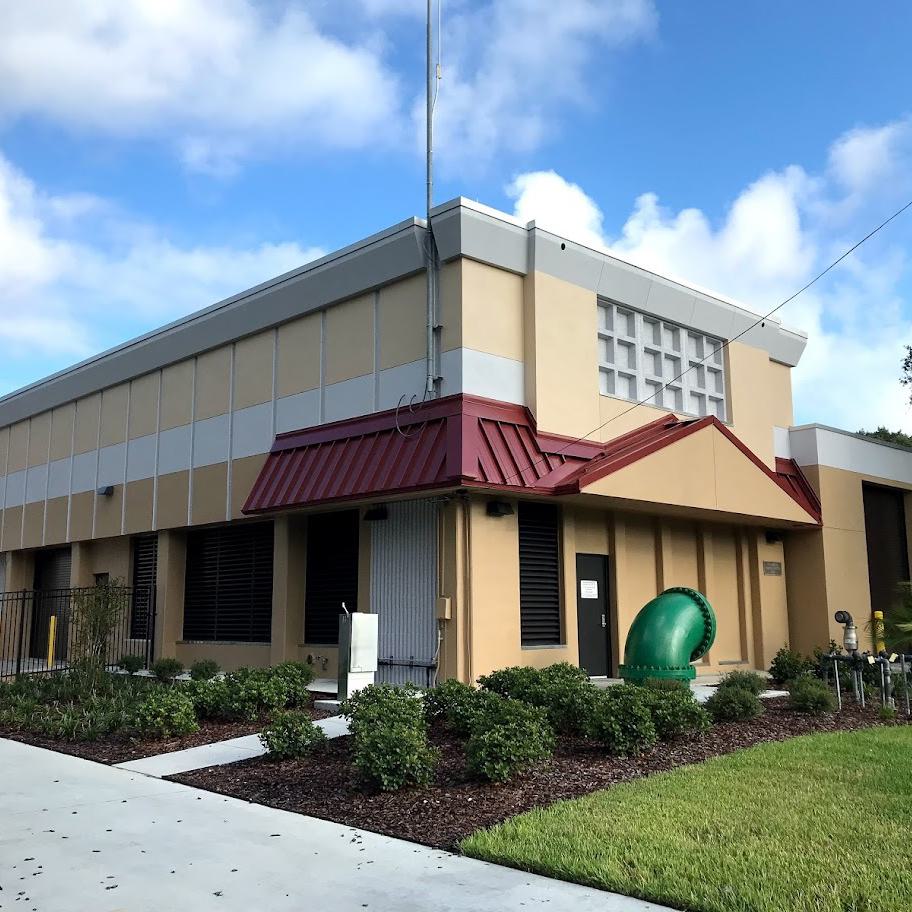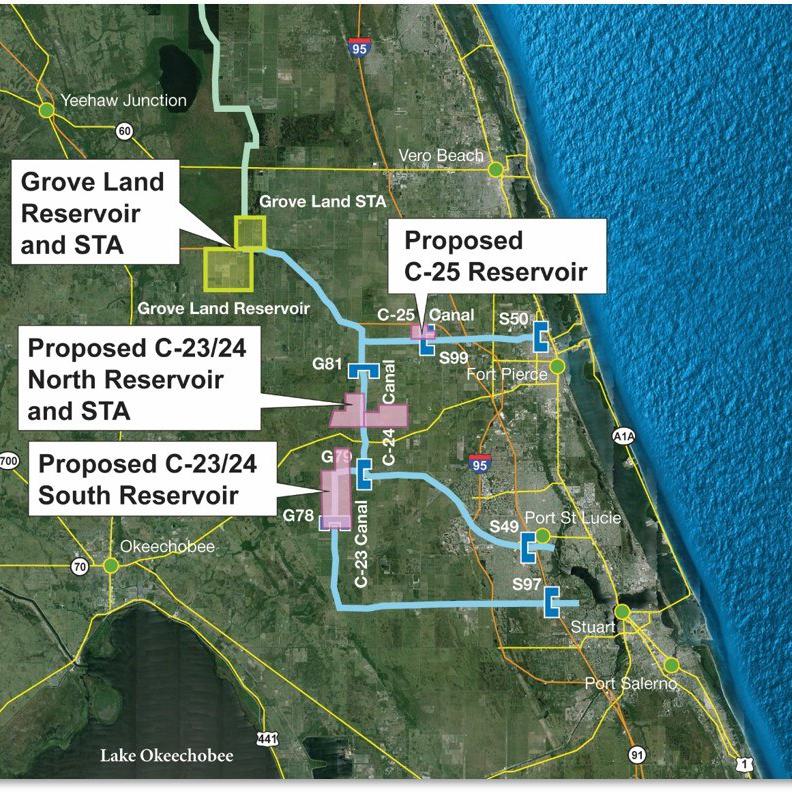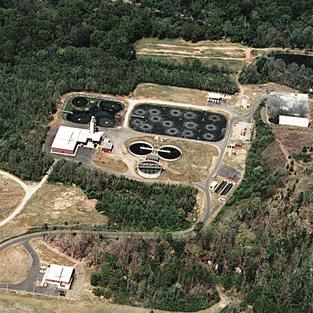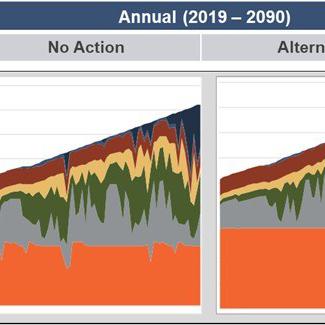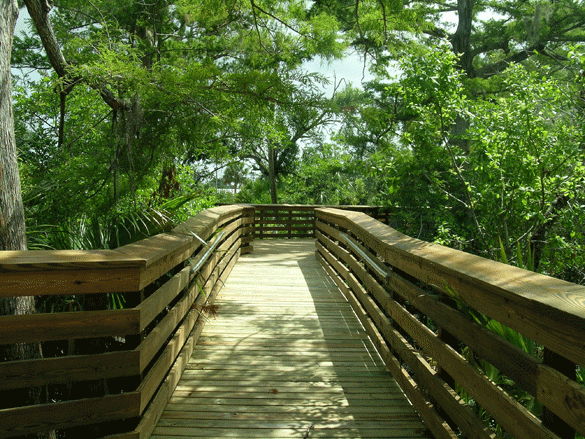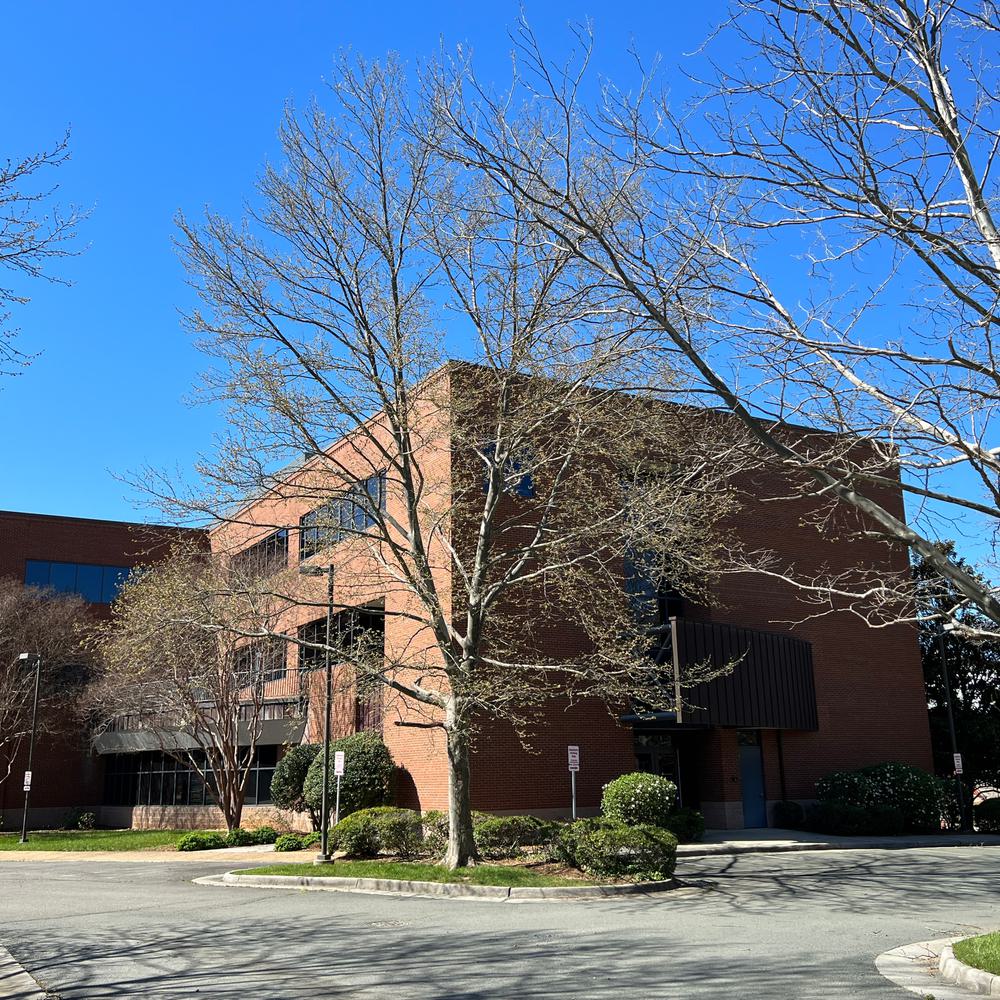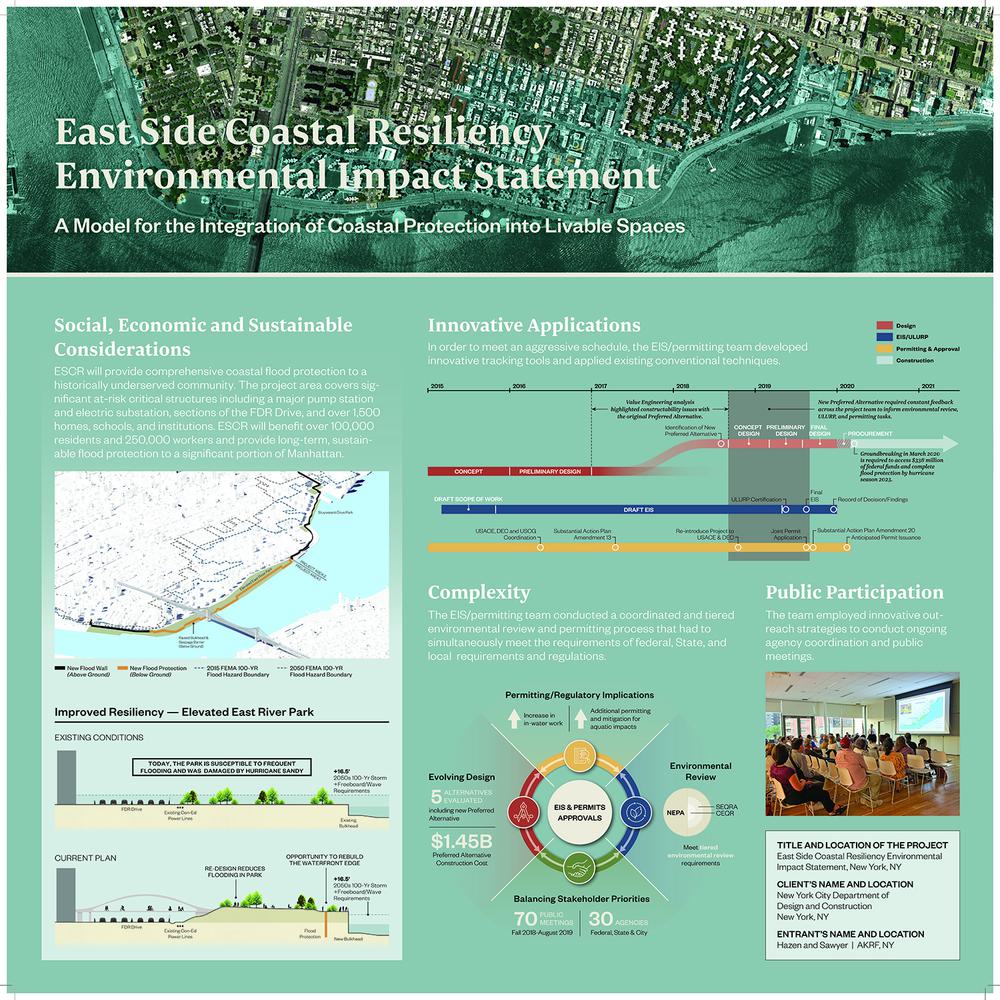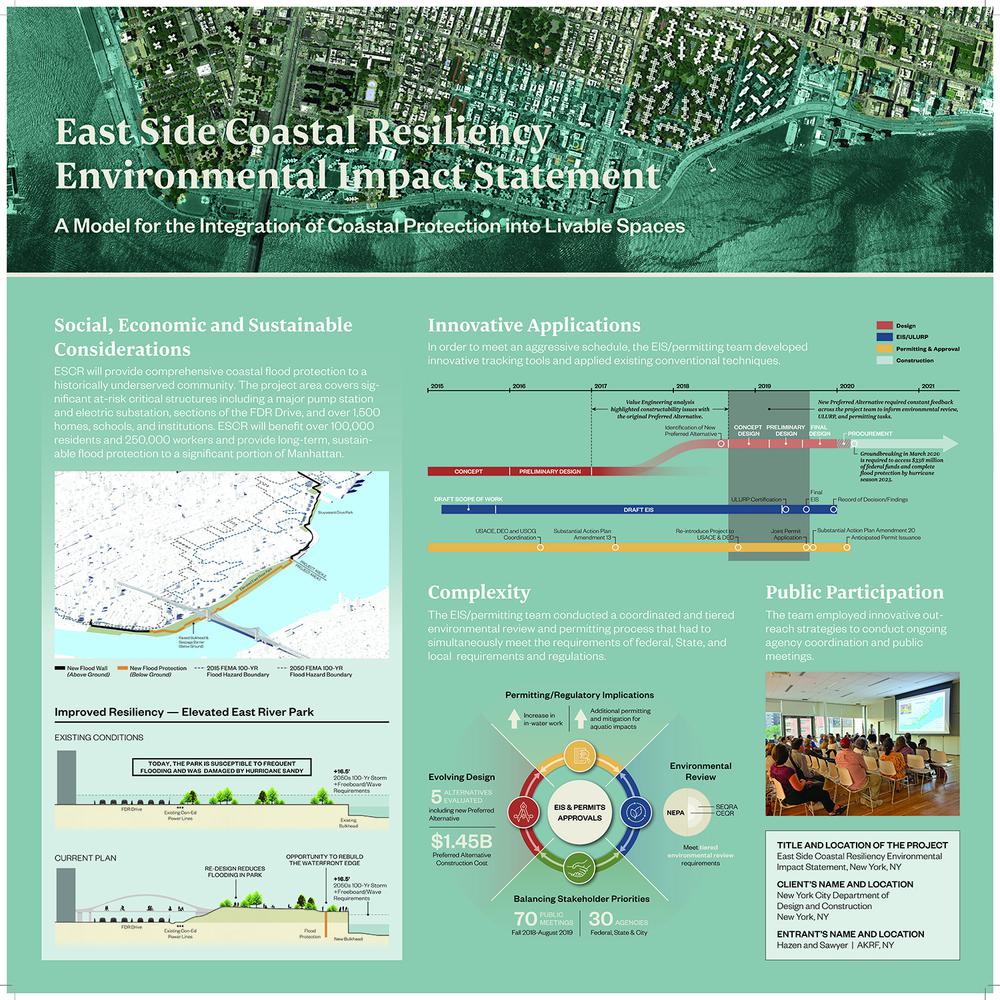Community, Conservation, and Clearer Water
This New Mexico water authority's outfall restoration project employs nature-based solutions to revitalize vital floodplains and enhance public access routes, promising improved water quality and sustainability of this invaluable local resource for generations.
At a Glance:
- The Albuquerque Bernalillo County Water Utility Authority (Water Authority) has been working to restore part of the Middle Rio Grande corridor where the high-quality, treated effluent from the Southside Water Reclamation Plant (SWRP) discharges into the river.
- With the Water Authority, Hazen had the opportunity to help the SWRP’s restoration efforts to improve water quality, create a beneficial habitat for endangered species in the area (especially the Rio Grande silvery minnow), and enhance public access to the community’s central water resource.
- Balancing input from numerous stakeholders, the team created a nature-based restoration solution that relies upon adaptable hydrology and floodplain reconnection design strategies to consider long-term climate change implications.
- Combining insights from hydrology, geology, and ecology, this project showcases how water treatment can happen via natural processes, not just at treatment plants.
Background
Just South of Old Town in Albuquerque sits the Southside Water Reclamation Plant, which treats approximately 55 million gallons per day (mgd) of wastewater and discharges into the Rio Grande River. The forest along the river corridor, known locally as the Bosque (deriving from the Spanish word for ‘forest’), supports a vital ecosystem of more than 500 species. It’s also a popular community spot for fishing, biking, and hiking.
Unfortunately, this oasis-like ribbon of green forest surrounding the Rio Grande has been threatened for years, as pollution and runoff from adjacent urban areas muddle the river’s water quality. As climate change continues to impact the area’s snowpack and runoff, designs for protecting the river must be adaptive and sustainable.
Restoration Efforts
The restoration project represents a collaborative effort between the Water Authority and various entities, including the Middle Rio Grande Conservancy District, the City of Albuquerque Open Space Division, the US Bureau of Reclamation, and the US Fish and Wildlife Service. Together these organizations created a plan to tackle three big restoration goals: conservation, clearer water, and community access.

A photorealistic rendering of the future outfall site in Albuquerque Bernalillo County, New Mexico. Source: Hazen Literature
Conservation: Uplifting an Endangered Habitat
The Rio Grande silvery minnow’s habitat used to stretch from Española, New Mexico, to the Gulf of Mexico in Texas. Now it is only found between Cochiti Dam and Elephant Butte Reservoir—just 5% of its former total habitat range.

The team analyzed three decades of hydrologic data to account for declining flows due to climate change within the silvery minnow’s key spawning window. “We’re seeing a year-over-year reduction in total flows on an annualized basis because climate change is changing water availability in the river, including the amount of snowpack in the mountains north of town,” explained Hazen project manager Ty Smith. Based on this analysis, the team used hydrologic and hydraulic modeling to establish constructible elevations and ensure bank stability under variable flow conditions.

This project will create an ideal environment for the endangered Rio Grande silvery minnow to spawn.
Hazen collaborated with biologists to quantify and optimize the design to enhance a suitable habitat for the silvery minnow. Consulting with specialists in silvery minnow biology, the team did an extensive habitat assessment along the Middle Rio Grande and discovered that they could create an ideal spawning habitat for the silvery minnow to rear its young by designing with adaptable hydrology in mind. This project helps restore that habitat with a terrace-based design. These terraces reconnect the river to its floodplain, thereby allowing floodwaters to wash over the area, increasing groundwater connectivity, supporting native plants, and creating a more appealing home with more food sources for the silvery minnow and other species.
Clearer Water: Improving Water Quality with Adaptable Design Hydrology
The same design choices that will improve the silvery minnow’s habitat will also improve the quality of the area’s water overall. The team’s terrace-based design stabilizes the streambanks, reducing erosion potential.

Water levels within this existing channel infrequently rose on top of the bank before the restoration efforts. This caused the streambank to actively erode, releasing pollutants and suspended sediment downstream that both reduce habitat and decrease water quality.
The new site design uses terraces and nature-based design techniques so that floodwaters can access the floodplain. It creates a meandering floodplain that nourishes native plants, rather than an artificially narrow channel. Rootwad revetments—structures used for streambank protection—were constructed from interlocking tree materials, as shown above. Not only does this bioengineering technique reduce erosion potential, but it also facilitates the mixing of floodwaters with the SWRP’s high-quality effluent, further improving overall water quality.
Community Access: Facilitating Recreation and Education
Thanks to the natural beauty and central location of the Bosque, it has long been a favorite location for hikers, bikers, and fishers—not to mention its cultural significance to the numerous indigenous groups living along the Middle Rio Grande corridor.
Before the restoration project kicked off, the trails that wove along the river were informal, and at times dipped into the habitat areas that the Water Authority hopes to protect.
To preserve the recreational value of the area while still safeguarding the surrounding habitats, the team carved out official trails for hiking and biking, designated fishing spots, and added educational signage to promote community understanding of the river’s cultural and environmental significance. The new design also facilitates easier maintenance access with newer, more intentional maintenance roads.
Hazen evaluated the existing formal trails and greater park connectivity while balancing access, education, and conservation in the trail design.

The new pedestrian trails and maintenance roads are staged on higher ground, so that during spring runoff, when waters can potentially rise much higher than usual, the trails and educational signage won’t be impacted.

This project creates multiple wins for the South Valley community and its water. “This project will do so much,” says Smith. “It’ll create better fisheries. It’ll facilitate access. Increase water quality for folks downstream who use this river from a cultural perspective—what their ancestors used it for. It’s public health via restoration.”
Projects like this also emphasize the fact that water treatment is not just something that happens at treatment plants—it can also happen via natural processes, just below the surface.

